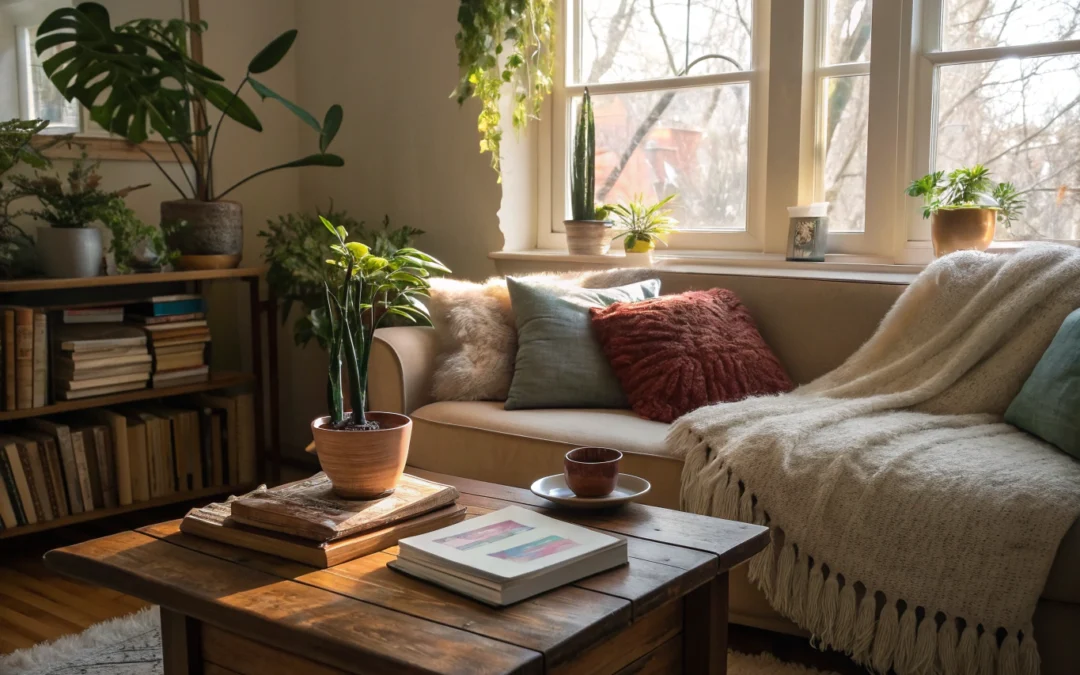Transform Your Space with DIY Panelling: A Step-by-Step Guide
Adding panelling to your walls is an excellent way to bring texture, character, and a touch of sophistication to any room. Whether you’re aiming for a classic wainscoting look or a modern geometric design, DIY panelling offers an accessible and rewarding project for homeowners and renters alike. For those keen to dive deeper into the process, the comprehensive diy panelling guide at Roomix is an invaluable resource that covers everything from planning to finishing.
Why Choose DIY Panelling?
Wall panelling is more than just a decorative feature; it can enhance your room’s insulation, protect walls from damage, and even increase your home’s value. Doing it yourself can save you money, allow for customization, and provide a satisfying sense of accomplishment. Plus, with the right tools and instructions, even beginners can achieve professional-looking results.
The Benefits of DIY Panelling
- Cost-effective: Avoid expensive contractor fees by handling the project yourself.
- Customization: Choose materials, styles, and paint colors to suit your unique taste.
- Durability: Panelling protects your walls, making them more resistant to scuffs and dents.
- Versatility: Works beautifully in living rooms, bedrooms, hallways, and even bathrooms.
Planning Your Panelling Project
Before picking up a saw or nail gun, careful planning is essential. Start by deciding the style of panelling you want—be it traditional raised panels, simple shaker panels, or modern flat boards. Measure your wall space accurately and sketch out your design. This will help you calculate how much material you need and avoid costly mistakes.
Choosing Materials
Wood paneling materials vary widely, from MDF and plywood to solid wood like pine or oak. MDF is budget-friendly and smooth, making it ideal for painted finishes. Solid wood offers natural grain and warmth but tends to be pricier. Consider your budget, room conditions (like moisture levels), and desired finish when selecting materials.
Tools and Supplies
Gather all necessary tools before you begin: a measuring tape, level, saw (miter or circular), nail gun or hammer, wood glue, caulking gun, sandpaper, primer, and paint. Having everything on hand keeps the workflow smooth and efficient.
Step-by-Step Installation Guide
The installation process can be broken down into manageable stages, ensuring your panelling looks crisp and professional.
1. Prepare Your Walls
Start by cleaning the wall surface and filling any holes or imperfections. Removing outlet covers and switch plates will give you a clean working area.
2. Cut and Assemble Panels
Cut your panelling materials to the desired dimensions, making sure edges are smooth. Assemble the panels on the floor if needed before attaching them to the wall.
3. Attach Panels to the Wall
Using a level, mark guidelines on the wall to ensure straight placement. Apply wood glue to the back of the panels and press them firmly onto the wall. Secure with finishing nails for extra stability.
4. Fill Gaps and Sand
Fill nail holes and seams with wood filler or caulk. Once dry, sand the surfaces smoothly to prepare for painting.
5. Prime and Paint
Apply a coat of primer to ensure paint adhesion, then finish with your chosen paint color. Multiple coats may be necessary for a flawless finish.
Tips for a Flawless Finish
- Take your time measuring: Accurate measurements prevent uneven panels and wasted materials.
- Use a level consistently: This guarantees straight and professional results.
- Choose high-quality paint and primer: This improves durability and appearance.
- Don’t rush the drying process: Let each coat dry fully before applying the next.
Final Thoughts
DIY panelling is a fantastic way to upgrade your living space with charm and elegance. While it requires patience and attention to detail, the results are well worth the effort. By following a clear plan and using the right materials and techniques, anyone can bring new life to tired walls. For a more detailed walkthrough and inspiration, be sure to check out the full diy panelling article on Roomix.

